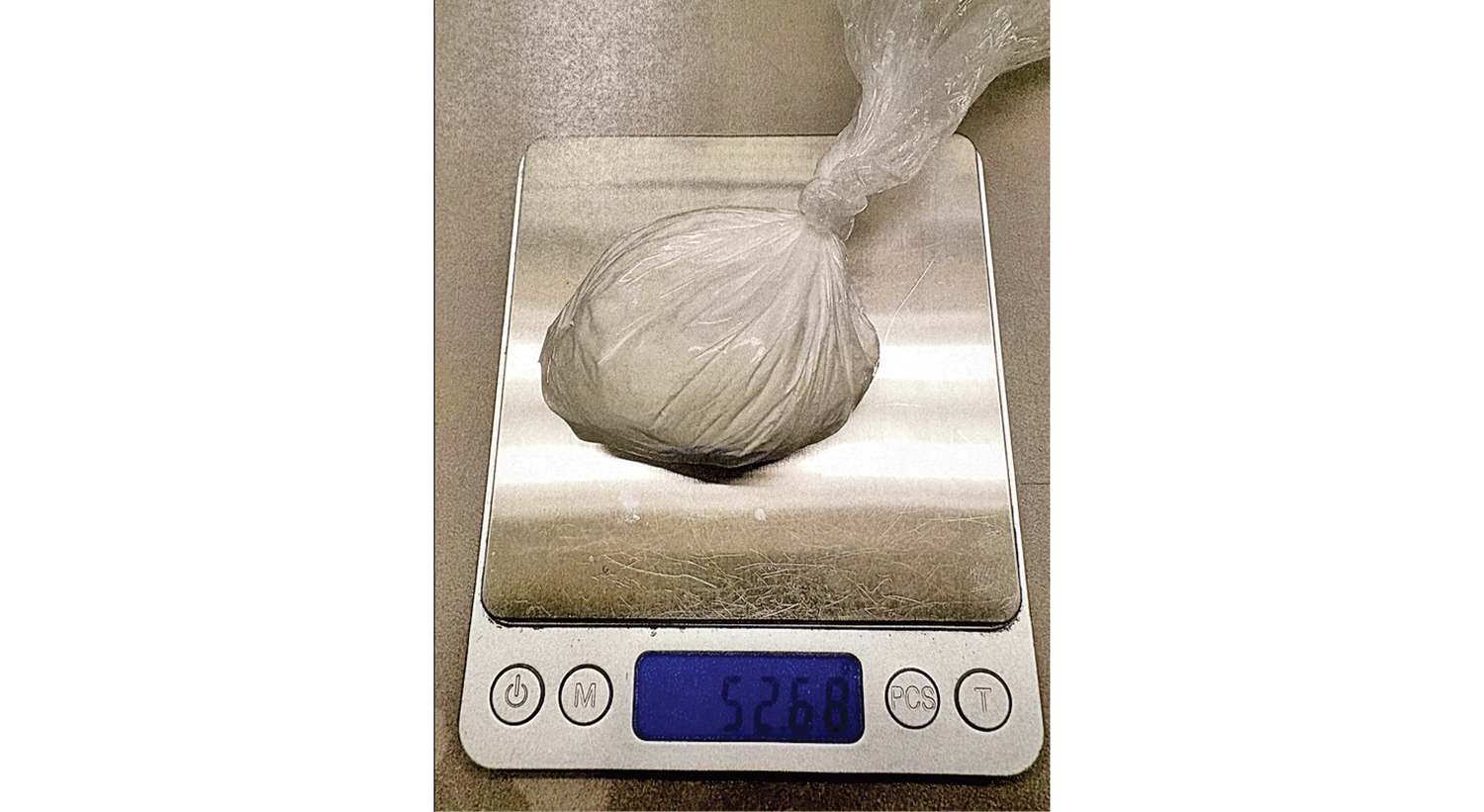Don’t gamble on casino money
Published 5:20 am Sunday, January 20, 2013
County governments and school districts across Ohio that are facing significant funding cuts have been hoping the local share of casino revenues will be a proverbial pot of gold. But that doesn’t look like a safe bet.
When Ohio voters approved casino gambling they created this uncertain revenue stream. It may not end up as lucrative as expected and likely won’t even cover cuts in Local Government Funds and education funding.
Our government and school leaders shouldn’t rely on this money as a way to fund the day-to-day operations.
The revenue distribution formula was outlined in the constitutional amendment that authorized the establishment of four casinos — three of which are already operating with the fourth set to open this spring — in the state.
The casinos must “donate” 33 percent of their gross revenues, which is divided up between various sectors. Schools receive 34 percent of that total, with 51 percent going to county governments and large cities. The remaining 15 percent goes to a handful of state agencies.
The Lawrence County Commissioners are counting on this money, already budgeting most of it, but at least they have been a little conservative.
For 2013, the auditor’s office certified casino revenue at $500,000. The first quarter payment to the county was about $150,000 and, even though gross revenues have dropped in recent months for two of the casinos, this number will likely grow as all four get fully operational.
But even the recipient of the largest amount — public schools — won’t really see much of a windfall.
Officials with three state education agencies released a joint statement confirming this is a “drop in the bucket compared to major school-funding reductions in recent years.”
The first distribution of $38 million to Ohio schools may sound like a lot, but that breaks down to about $21 for each of the 1.8 million students in Ohio’s public schools.
That isn’t going to go too far.
“The level of casino revenue funding for this first fiscal year is considerably less than the losses school districts have experienced in the current education budget,” said Kirk Hamilton, executive director of the Buckeye Association of School Administrators.
“Ohio school districts have lost significant funding with the elimination of federal stimulus funds and the reduction in replacement funds for local tangible personal property taxes no longer collected. Total education funding for Ohio schools was reduced by $1.6 billion over the past two years in spite of slight increases in allocations from Ohio’s General Revenue Fund.”
The groups conducted a survey that showed that the casino revenues make up less than 1 percent of the operating budget for more than 76 percent of schools. The revenue was less than 2 percent for every district.
Government and school leaders should look at this money as a bonus that can supplement tight budgets but not a consistent revenue source that can be counted on.
The best use would be for “rainy day” funds, long-term projects that have the time to allow the funding to accumulate or simply as an emergency carryover.
Building a foundation on this risky revenue stream is a gamble that Ohio’s schools and its county governments shouldn’t take.
Michael Caldwell is publisher of The Tribune. To reach him, call (740) 532-1445 ext. 24 or by e-mail at mike.caldwell@irontontribune.com. Follow him on Twitter: @MikeCaldwell_IT.





